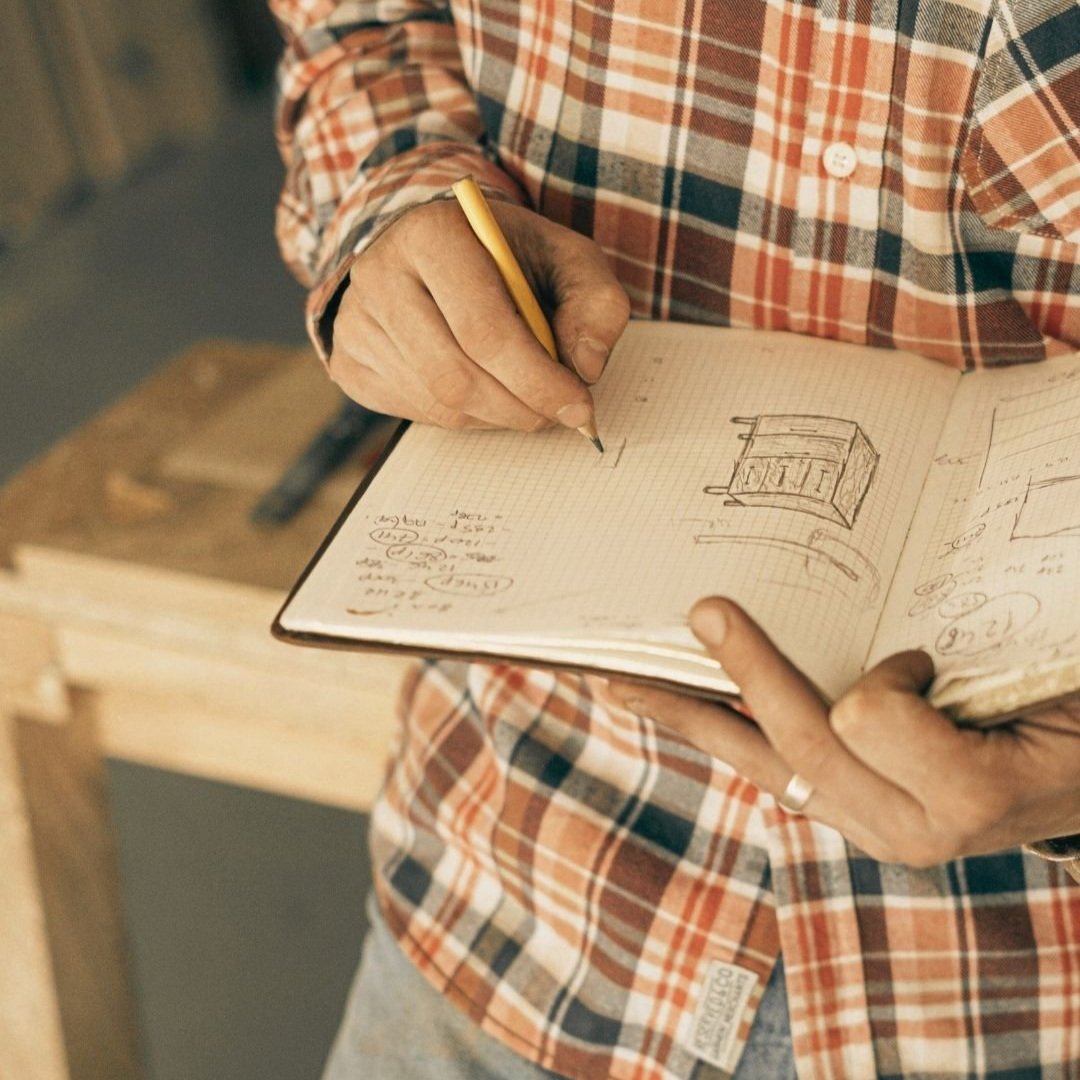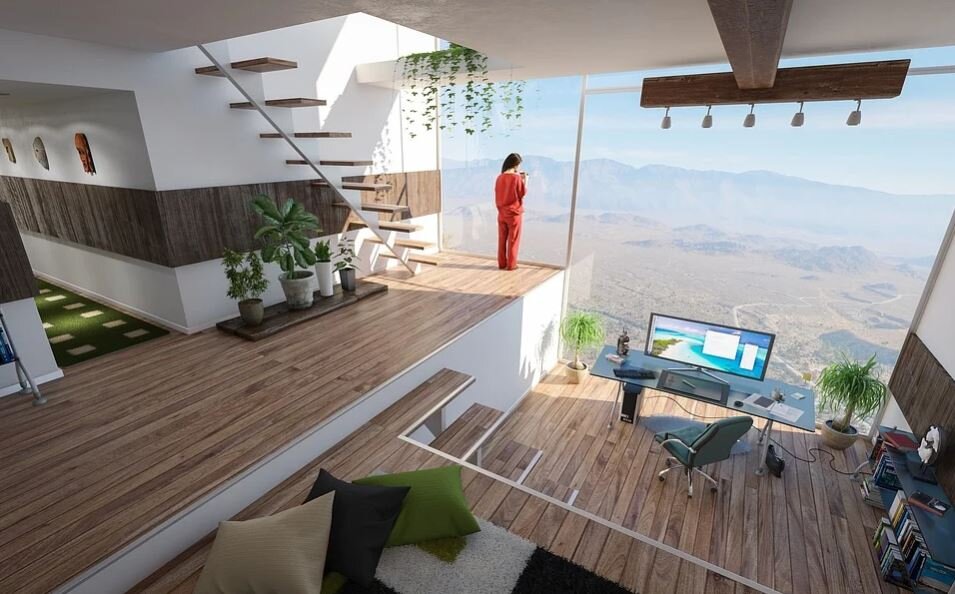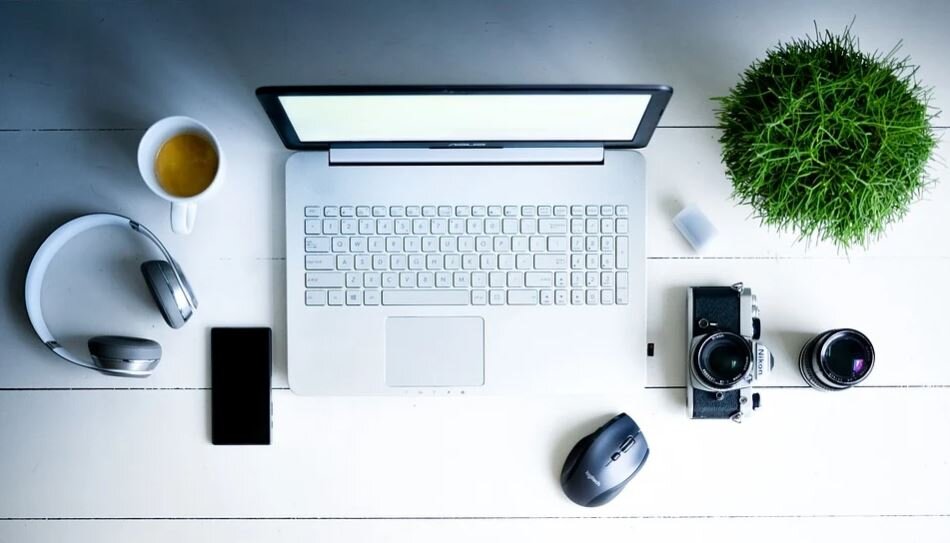Email marketing is where it is at! You can have small list and generate a lot of business from that list. Social media is still great but instead of putting content out there for the whole world to see knowing that fewer and fewer people are seeing it every day, put more effort into the content that your target marketing is seeing.
You may have thousands of followers on Instagram, thousands of likes on Facebook and millions of view on Pinterest but even if you only have a couple hundred on your email list you could be making a lot more money with your email list than all of your other social media combined.
Why are email lists so important? Email lists are comprised of people that want to hear from you. They are interested in what you have to say and are interested in updates having to do with your business. Social media is a very valuable tool but unless you are paying for targeted ads it’s not as specific to your target market as your email list is. The email list provides you with a go-to list of people to contact when you decide to run a special, offer a new service or have great news and updates to share.
Starting an email list is fairly simple for someone who knows what they are doing. I’ll be honest, my virtual design assistant set mine up for me. The easiest way to start one is to create an opt-in on your website. You can attach this opt-in to all your other social media as well. The opt-in is a pop up that will appear when someone visits your website and it will ask for an email address. A lot of designers offer a freebie in exchange for the email address. You can offer a style quiz or a how-to guide for the most commonly asked questions you receive such as how to hang curtains, how to hang a gallery wall, how to choose the appropriate sized rug, etc.
Once you have your freebie and your opt-in ready you will need to link it to an email capture service like MailChimp, ConvertKit, Constant Contact or SquareSpace. These services allow you to keep an email subscriber list and allow you to set up email campaigns. You can create an automatic email campaign or go in and schedule new ones to go out as needed.
The most common thing I hear from designers is they don’t have time to write the emails. We can help you! We can write them for you or you can purchase them directly from our site at https://www.elitedesignassistants.com/eda-emails-for-purchase.
After searching the internet, I found that email marketing is one of the most cost-effective marketing tools for small businesses. According to the Direct Marketing Association, email marketing on average sees a 4300 percent return on investment (ROI) for businesses in the United States.
This is because email marketing is easy to manage, gives you full control, and allows you to establish a direct contact with your customers.
Now that you are considering doing more email marketing, what marketing services are out there?
I talked to several interior designers and came up with the 4 most popular email marketing services among interior designers. Three of them were listed in an article at wpbeginner.com and one of them is fairly new but it’s becoming a real contender.
CONSTANT CONTACT
Constant Contact is one of the largest and fastest growing email marketing services in the world. It is also the easiest to use and beginner friendly.
You can easily manage your email lists, contacts, email templates, marketing calendar, and more.
Each account gives you access to easy tracking and reporting, built-in social media sharing tools, free image library, list segmentation, Facebook ads integration, and a powerful eCommerce integration for Shopify stores. If you sell product from an online store this could be great.
Their Email Plus accounts also come with powerful features like email automation, surveys & polls, coupons, online donations, and subject line A/B testing which helps you send targeted emails to maximize your open rate.
Constant Contact offers unmatched support with live chat, phone calls, email, community support, and a vast library of helpful resources.
Aside from online training, they also offer in-person live seminars across the United States. This allows small businesses to quickly learn the basics of email marketing and start using it to grow their business like a pro.
For all the reasons above, several sites have rated Constant Contact the best email marketing service for small businesses.
Constant Contact has a 60-day free trial (no credit-card required). After that their pricing starts as low as $20/month.
CONVERTKIT
ConvertKit is a robust email marketing platform for professional bloggers, authors, and marketers. It is extremely easy to use and incredibly powerful.
ConvertKit allows you to easily offer content upgrades and incentives with email signup forms. It also comes with easy to manage auto-responders allowing you to send drip emails.
With ConvertKit, you can easily segment subscribers into those who are interested and those who have already purchased. This helps you increase conversions with automated emails that feel more personal. In marketing terms, this is called targeted email marketing.
ConvertKit offers email-based support and has an extensive knowledge base with great learning material.
ConvertKit offers a 14-day free trial, and their pricing starts from $29/month. They also offer a 30-day refund policy.
MAILCHIMP
Mailchimp is one of the most popular email marketing service providers in the world primarily because they offer a forever free email marketing service plan.
Mailchimp comes with an easy email builder, autoresponders, segmenting contacts into groups, and simple tracking for analytics. It also allows you to setup delivery times based on user’s time zones, and you can setup segmenting based on geolocation.
You can easily integrate Mailchimp with WordPress, Magento, Shopify, and many other platforms.
When it comes to marketing automation features, Mailchimp platform is quite limited when compared to other providers such as ConvertKit.
In the recent years, Mailchimp has attempted to add many of the “advanced” features, but I’ve read some you have tested these and don’t feel that they are truly advanced.
Mailchimp support is offered by email, live chat, and a large tutorial knowledge base.
Mailchimp offers a forever free plan which allows you to send 12,000 emails for up to 2,000 subscribers. This plan is limited because you don’t get features like send-time optimization, advanced segmentation, multi-variate testing, etc. You are also required to display their branding in your email. Finally, support is restricted to email only which is fine if you’re a hobbyist but as a serious business, you need reliable support that you can count on.
Their paid plans start from $10/month for up to 500 subscribers, and the pricing increases in the increment of 500 subscribers.
As limited as Mailchimp sounds it’s still a great free option to get you started with your email marketing. As you grow you can upgrade to a different system if you chose. At the end of the day it’s your content that sells.
SQUARESPACE
Squarespace is a popular website design program for interior designers so when they came out with their email marketing service it made sense that interior designers kept their email marketing in the same space as their website.
It’s super user-friendly, has integrated analytics, responsive design and offers consistent content from your Squarespace website to email, which is super great from an ease and branding perspective. You can start for as little as $5/month (annually) for 3 campaigns per month, 500 emails and unlimited subscribers.
Squarespace doesn’t have as many features as Mailchimp and it’s not free, but most interior designers who have a Squarespace website love the new email marketing feature and are willing to pay a bit per month to be able to have the easy of creating emails directly from their website without having to copy and paste or search for links.
Hopefully you know enough now to feel confident about starting and/or maintain that subscriber list of yours! It’s a great tool to generate clients when you need them and to keep your pipeline full.
Please let me know if you have any questions on how you can use email marketing to grow your business!
XX, Danae


















































